Time Frequency Primary Standard
Product Filter
Product Categories
Interface Configuration
Protocol/Standard Support
Domestic Situation
Package/Form
Performance Indicators
Power Supply Type
Temperature Range
Application Industry
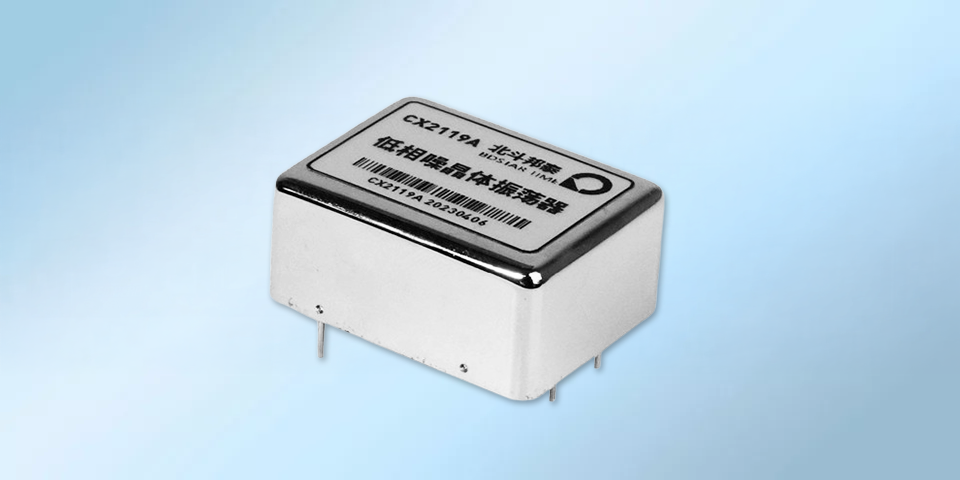
CX2119A Low phase noise Crystal Oscillators
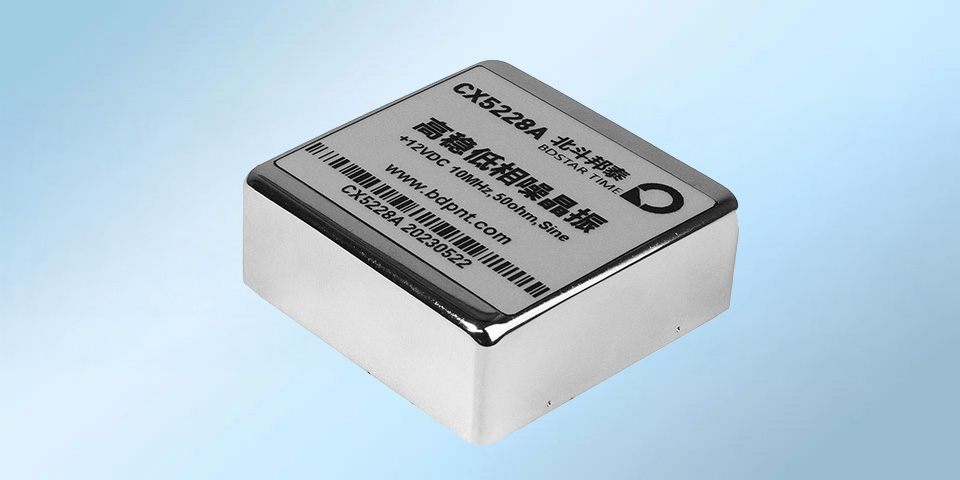
CX5228A High stability and low phase noise crystal oscillator
The CX5228A is a highly stable, low-phase-noise oven-controlled crystal oscillator (OCC). It utilizes a high-Q crystal resonator, offering excellent frequency stability and phase-noise performance. Operating in a temperature range of -20°C to +70°C, it features an aging rate better than 3E-10/day and a 1Hz phase noise rating of -126dBc/Hz. It is widely used in communications, navigation, radar, reconnaissance, high-end instruments, and high-end audio systems.
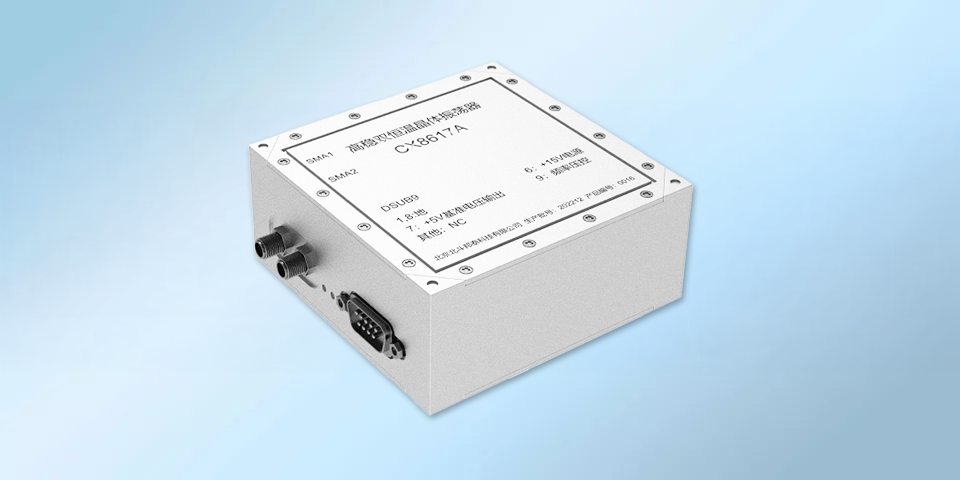
CX8617A High stability and double constant temperature Crystal Oscillators
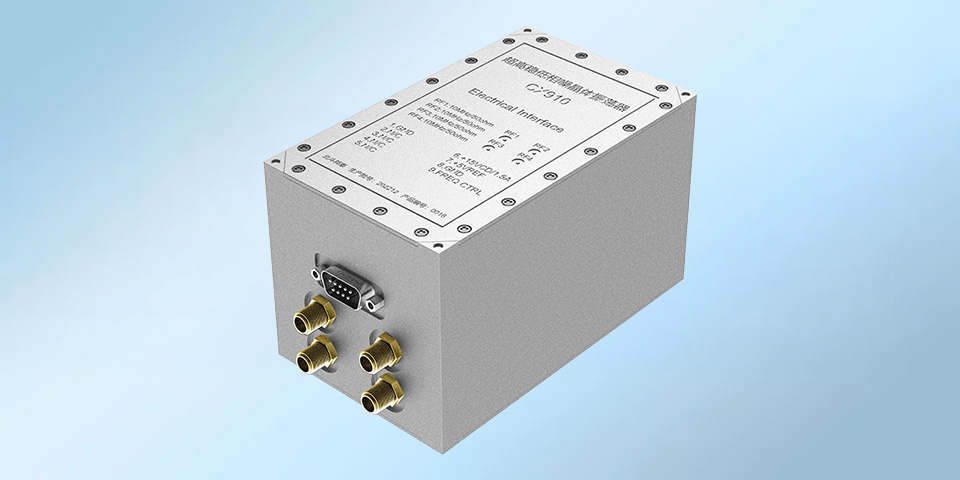
CX910 Ultra-high stability and low phase noise crystal oscillator
The CX910 is a four-output, dual-temperature, highly stable crystal oscillator. It utilizes SC-cut high-precision crystals, a customized low-noise oscillation circuit, and a pure copper temperature control system. Its phase noise reaches -126dBc/Hz at 1Hz. Internal independent voltage regulation and separate temperature control effectively reduce interference. A multi-stage linear regulator reduces core power supply noise to the nanovolt level, significantly improving phase noise and short-term stability performance at 10MHz output. It is suitable for radar, electronic countermeasures, aerospace measurement and control, and standard phase noise measurement scenarios.
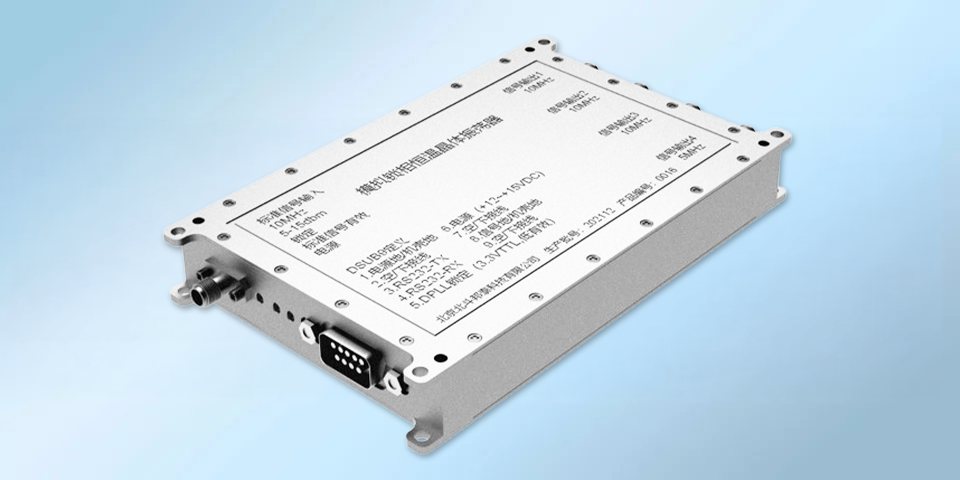
PLOA260 Analog phase-locked thermostat Crystal Oscillators
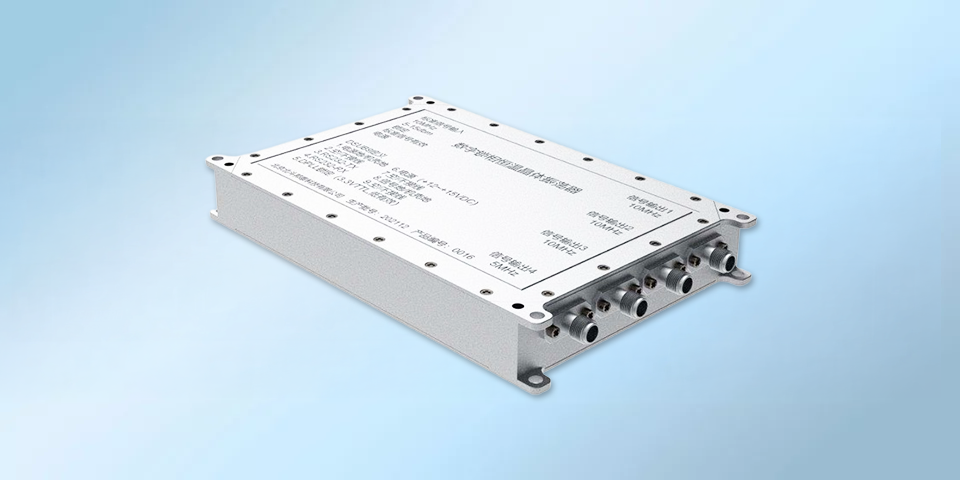
PLOD260 Digital phase-locked thermostat Crystal Oscillators
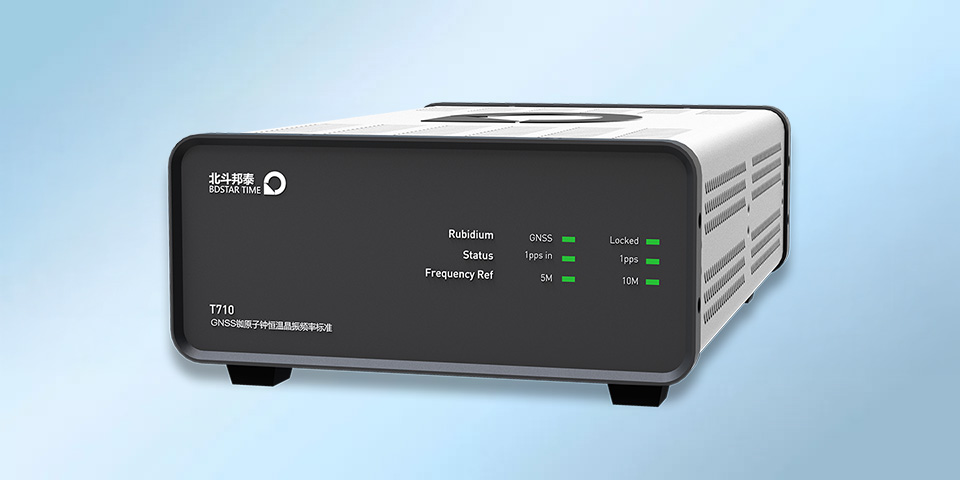
T710 GNSS Rubidium Atomic Frequency Standard
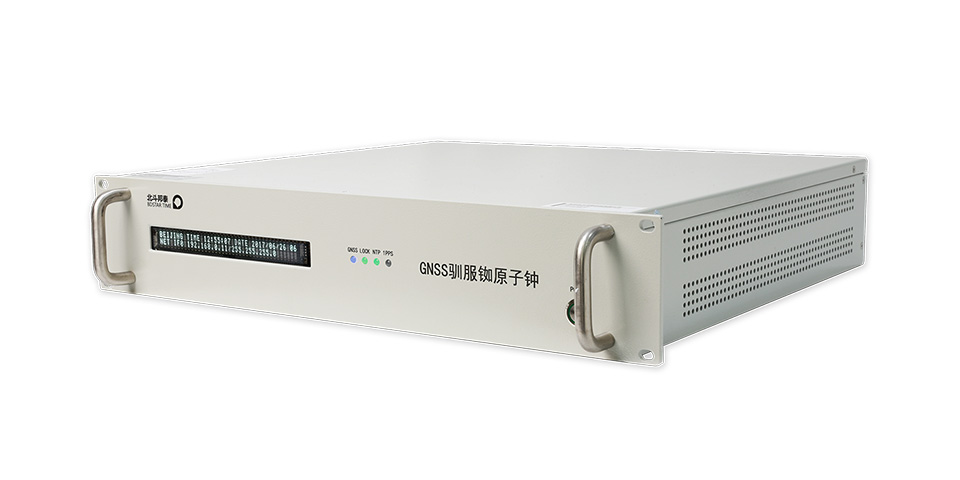
T760 GNSS Rubidium Atomic Time and Frequency Standard
The T760 is a high-precision GNSS disciplined rubidium atomic frequency standard. It integrates GNSS, a rubidium clock, and a low-phase-noise crystal oscillator, achieving output frequency stability comparable to that of a cesium clock. It supports 1PPS and UTC synchronization and features automatic timekeeping, frequency smoothing, anti-interference, and encryption. It runs a built-in Linux system and is compatible with PTPv2.1, NTP, and SNTP protocols, achieving nanosecond-level network timing accuracy. Housed in a 2U chassis, it supports multiple signal outputs, including 10MHz, 1PPS, IRIG-B, and Time of Departure (TOD).
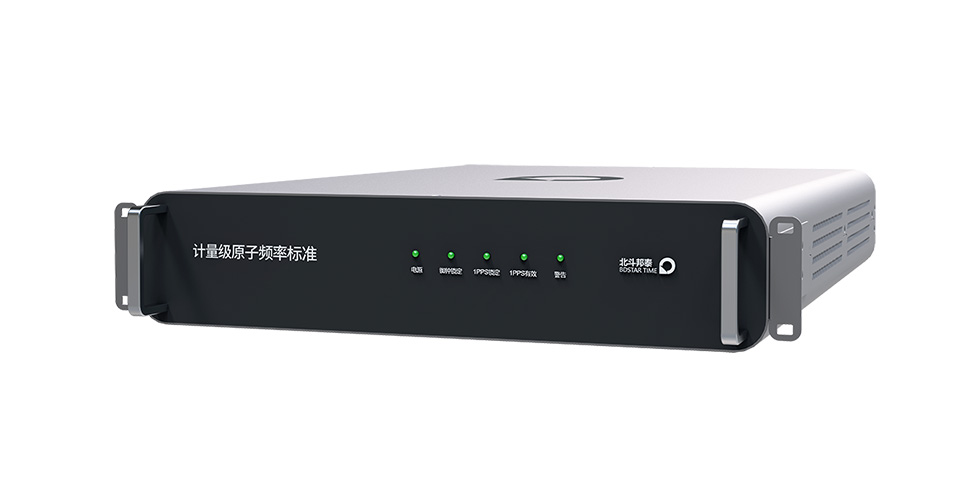
T770 Metrology-Grade Atomic Frequency Standard
The T770 is a metrology-grade rubidium atomic frequency standard, offering frequency stability, drift, and temperature coefficient up to 10 times better than ordinary rubidium clocks, and a one-day frequency stability comparable to that of a small cesium clock. It supports 1PPS and GNSS UTC synchronization, uses smooth frequency division to ensure a stable time base, and automatically maintains time in the event of a loss of lock. It features anti-interference algorithms and outputs multiple signals, including 10MHz, 5MHz, 1PPS, and Time of Departure (TOD). Options include 100MHz, 90MHz, and IRIG-B. Its 2U chassis makes it suitable for applications such as ePRTC master clocks, radar, communications, metrology, and aerospace measurement and control.
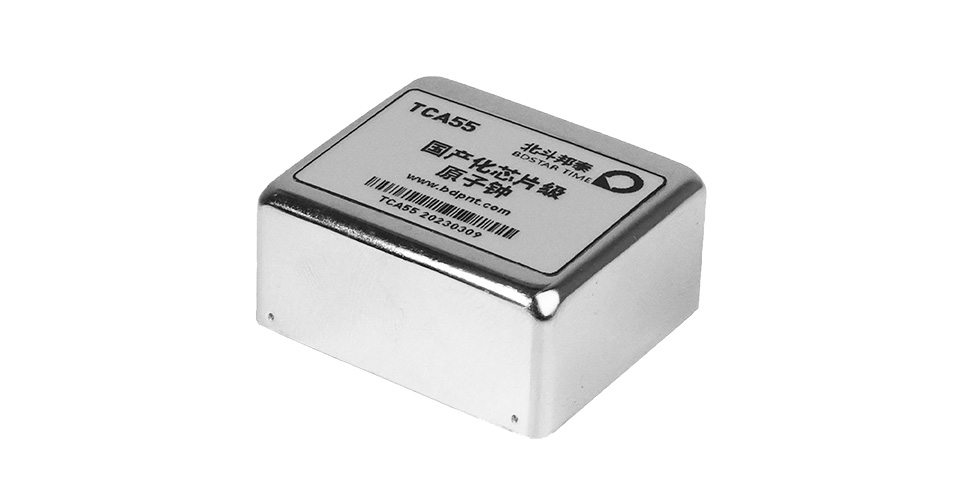
TCA55 Localization Chip level Atomic clock
The CA55 is a domestically produced chip-level atomic clock based on the CPT principle, offering advantages such as low power consumption, compact size, and fast startup. Suitable for operating temperatures from -40°C to +85°C, it provides CMOS-level 10MHz and 1PPS outputs, boasting short-term stability better than 3E-10/1s, daily drift better than 3E-11, and monthly aging less than 5E-10. It supports external calibration using 1PPS or analog voltage, making it suitable for applications such as navigation, communications, unmanned equipment, marine geophysical exploration, and instrumentation.
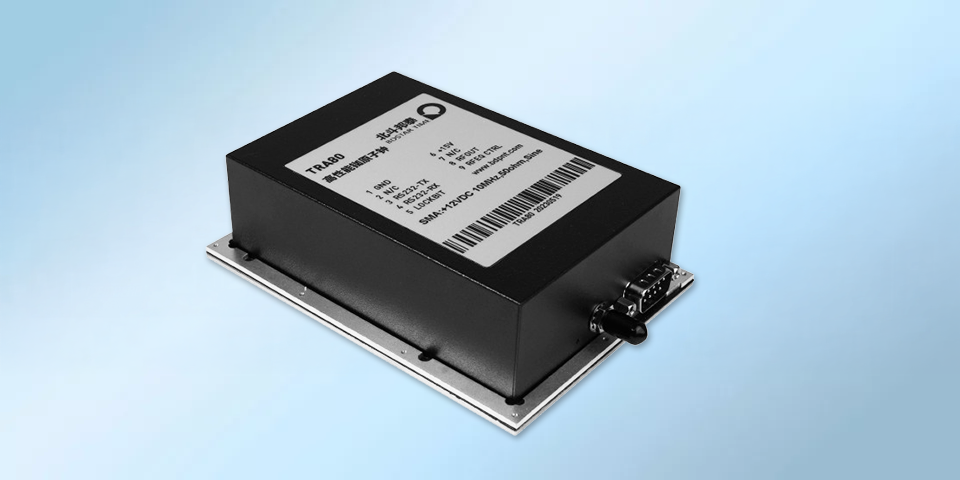
TRA80 High-performance Rubidium atomic clock
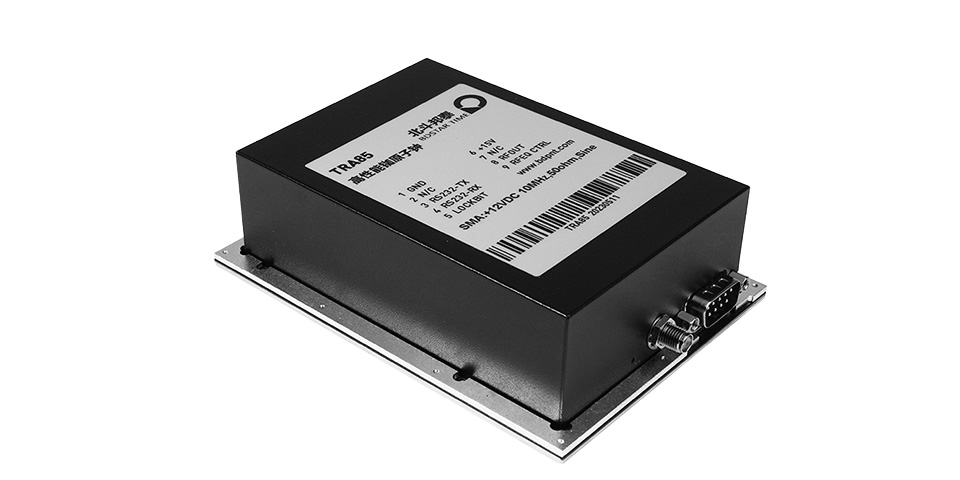
TRA85 High-performance Rubidium atomic clock
The TRA85 is a high-performance rubidium atomic clock with excellent long-term stability, low phase noise, and fast lock capability. Utilizing advanced digital control and a temperature-controlled package design, it supports 1PPS and 10MHz outputs, achieving a frequency stability of 3E-12/1s. Its 10MHz short-term stability is comparable to that of mid-range cesium clocks, offering excellent value for money. It is suitable for high-precision applications such as radar, communications, metrology and calibration, astronomy, electronic countermeasures, and aerospace measurement and control.